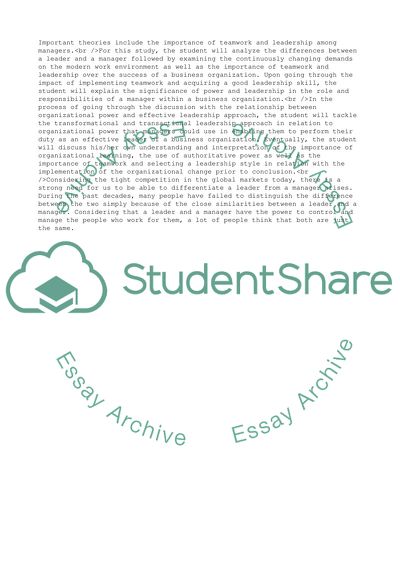Cite this document
(Management in Context Coursework Example | Topics and Well Written Essays - 3500 words - 5, n.d.)
Management in Context Coursework Example | Topics and Well Written Essays - 3500 words - 5. https://studentshare.org/management/1715782-management-in-context
Management in Context Coursework Example | Topics and Well Written Essays - 3500 words - 5. https://studentshare.org/management/1715782-management-in-context
(Management in Context Coursework Example | Topics and Well Written Essays - 3500 Words - 5)
Management in Context Coursework Example | Topics and Well Written Essays - 3500 Words - 5. https://studentshare.org/management/1715782-management-in-context.
Management in Context Coursework Example | Topics and Well Written Essays - 3500 Words - 5. https://studentshare.org/management/1715782-management-in-context.
“Management in Context Coursework Example | Topics and Well Written Essays - 3500 Words - 5”. https://studentshare.org/management/1715782-management-in-context.


